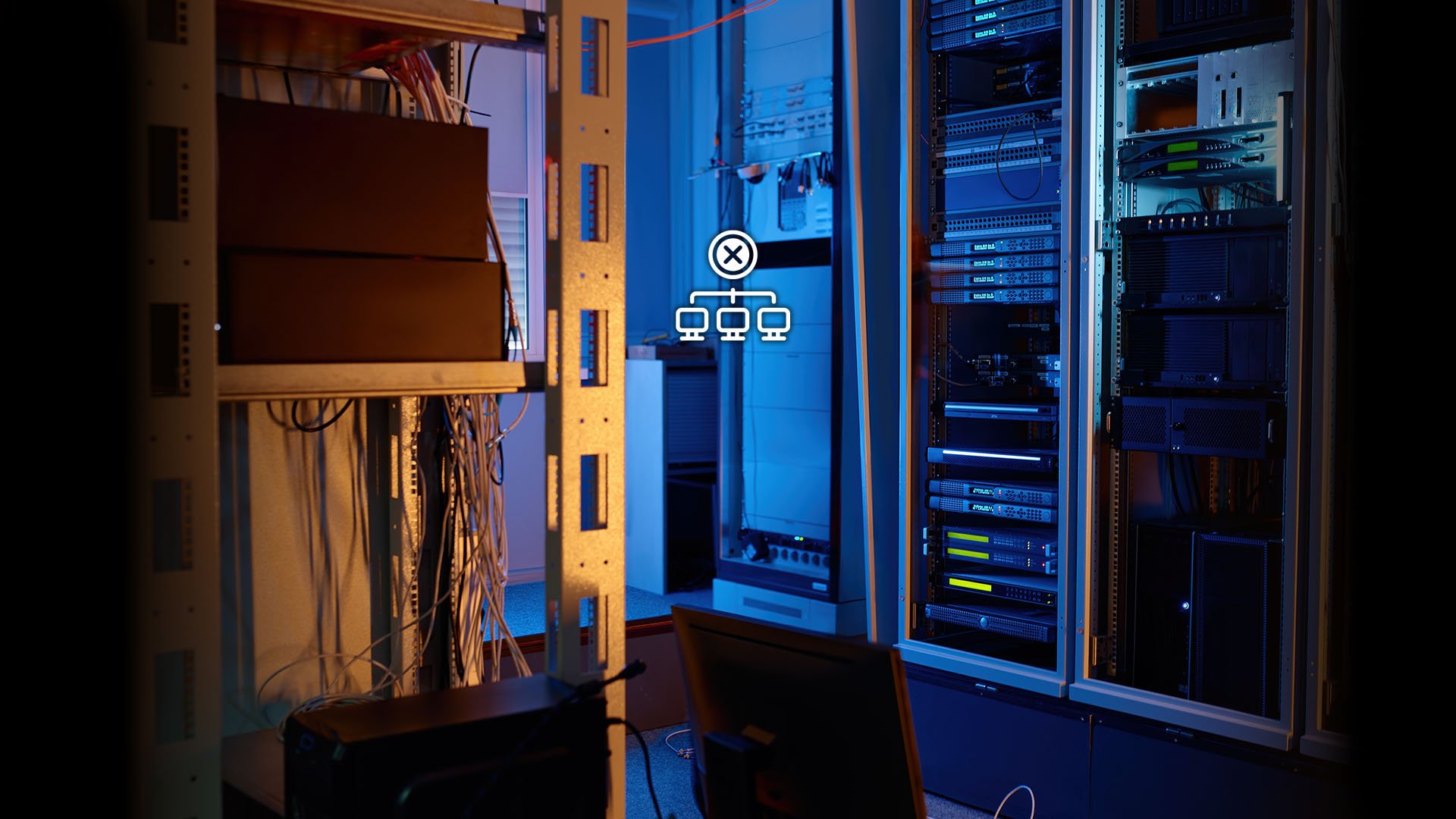Big AI runs on big hardware. And right now, that hardware is GPUs—rented, stacked, and spinning 24/7 across cloud infrastructure nobody double-checks until something breaks. Everyone's focused on what LLMs say and do—but not where they live or how they're trained. That backend? It's a mess. And it's wide open.
This is the blind spot in modern cybersecurity, as not many of us are aware of how important GPUs are for AI.
While companies obsess over prompt injections and jailbreaks, the real threat is hiding at the infrastructure layer: insecure GPU hosting environments that fuel today's most powerful models. These are the same GPUs that cost thousands to rent per day. But in the rush to scale, speed wins over security. Every time.
What makes GPU hosting so vulnerable?
Training large language models (LLMs) isn't like running a WordPress site or hosting a SaaS dashboard. It's compute-heavy and memory-intensive, not to mention that it's often distributed across dozens or hundreds of nodes. That complexity creates chaos. And chaos is the perfect environment for attackers to thrive.
Let's break down the key problems:
1. Fast deployments, lazy configs
GPU instances are typically spun up quickly—sometimes automatically—and often reused by multiple tenants. In practice, that means security best practices are bypassed. SSH keys get shared. Default passwords don't get changed. Containers run in privileged mode. Everything that shouldn't happen, happens.
2. Poor tenant isolation
Multi-tenant environments are a goldmine for attackers. A weak isolation boundary means someone renting a neighboring instance might peek—or pivot—into your space. Even large providers like Deepseek could be compromised if a malicious actor is particularly insistent. And unlike traditional VMs, GPUs hosted servers often share memory, I/O, and scheduling systems in ways that don't cleanly separate users.
3. Shared memory, shared risk
This is the big one: GPUs rely on shared memory architectures. If one tenant's process can access memory that hasn't been zeroed out, they might extract valuable data—model weights, training data, even proprietary algorithms. This isn't science fiction. Research has shown real-world leakage across GPU contexts.
4. Orchestration tools aren't built for security
Kubernetes and Docker are mainstays in AI infrastructure. But these tools weren't designed to securely manage GPU workloads. Add in custom scheduling scripts, homemade APIs, and a soup of YAML configs, and you've got a sprawling attack surface that no one's monitoring end-to-end.
The invisible threat: side-channel attacks
Side-channel attacks against GPUs aren’t just theoretical. Researchers have demonstrated attacks that can extract neural network architecture and weights by observing GPU memory access patterns. In some cases, attackers can even infer which model is running—and what kind of data it’s processing—without ever touching the host OS.
In the future, this might even lead to high-level differentiation. Hackers might even target paraphrasing tools used by students to steal valuable research data from a university. And don’t get me started about national defense matters.
Why is this so dangerous? Because it’s invisible. Side-channel attacks leave no logs, no traces, and no alerts—perfect for espionage or long-term infiltration. And since cloud GPU providers rarely offer hardware-level telemetry to tenants, detecting this kind of snooping is nearly impossible.
GPU = goldmine
Let's be blunt: the GPU instance running your LLM is worth more than the model itself. Why?
- It contains pre-trained weights, often proprietary and expensive to generate. Not to mention, if it's a frontend-facing platform like ChatGPT or Deepseek, cybercriminals might snoop on the data feed management of the platform, snooping on user activity.
- It holds sensitive datasets—PII, trade secrets, internal documents. Once they get their hands on that, there's no telling what could happen. Remember when Anthropic and Palantir announced their collaboration? Exactly.
- It runs training code that reveals how your model is built.
And it's sitting in a poorly monitored, half-hardened cloud box with other people's junk running next door.
Real-world exploits are coming
So far, we've mostly seen this space explored in academia. But that won't last. As more enterprises pour money into LLM development, threat actors—from nation-states to data brokers—are following the scent. GPU cloud environments are now a high-value target. And unlike your typical SaaS app, they're not hardened. They're barely watched.
We're talking about:
-
Credential reuse across instances. Attackers who gain access to one instance can pivot to others with the same credentials, especially if SSH keys or API tokens are reused across environments. This kind of sloppy credential hygiene is shockingly common in GPU-heavy workflows that prioritize speed over security.
-
Unpatched container images with root privileges. Many LLM workloads run on containers that haven't been updated in months—if ever. When those containers operate with root access, a single exploit can compromise the entire host or even the orchestrator.
-
Orchestrators that expose internal metadata via unauthenticated endpoints. Misconfigured Kubernetes dashboards or exposed Prometheus metrics can leak sensitive system architecture, tenant information, or usage stats. This intelligence makes targeted attacks dramatically easier.
-
Tenants running unverified code on shared hardware. Without strong vetting, malicious actors can spin up jobs that quietly scrape shared memory or benchmark co-resident models. It's the perfect entry point for industrial espionage in AI-rich environments.
And no one's threat modeling any of it.
Why aren't we talking about this?
Because it's not sexy. Because it's not easy. And because most people building AI stacks aren't thinking like attackers. They're thinking like data scientists. The security teams? They're too busy trying to keep up with basic patch management and user auth.
The security posture of your AI infrastructure often comes down to who set it up and whether they knew what they were doing. There's no standard, no baseline, and no pressure from compliance frameworks—yet.
Fixing the blind spots
So, what needs to change?
First, recognize that GPU cloud hosting is a threat surface. It needs to be audited, monitored, and modeled like any other critical system.
Second, isolate your workloads. Enforce strict tenant isolation policies, even if it means paying more or managing more infrastructure manually. Use dedicated GPUs where possible, or providers that guarantee physical isolation.
Third, zero out GPU memory between sessions. It's a small step that kills a major class of attacks.
Fourth, rethink orchestration. Don't assume providers have your back—even Kubernetes isn't perfect. Harden it. Lock down RBAC. Monitor for misconfigurations. Segment your GPU nodes away from general workloads.
And finally, push your vendors. Cloud GPU providers need to build visibility tools that go deeper than VM metrics. We need memory-level monitoring, runtime integrity checks, and access controls that reflect the sensitivity of what’s running.
The narrative around AI security has focused too much on input validation and prompt sanitization. But the real crown jewels of the LLM era—models, data, training infrastructure—live on GPU hosts that were never designed to be secure. And that's where the most sophisticated attackers are quietly digging in.
Until we treat GPU hosting as a critical security layer, we're not protecting AI. We're just exposing its most valuable assets to anyone who knows where to look—and how to slip through the backdoor.





